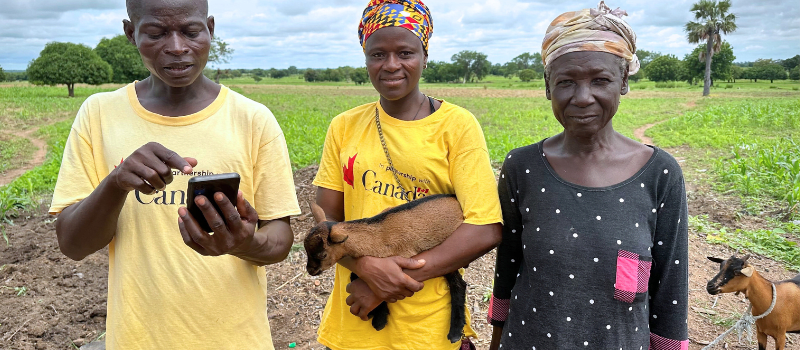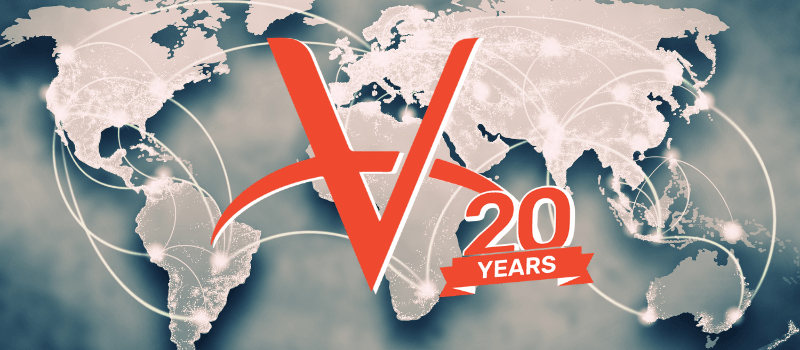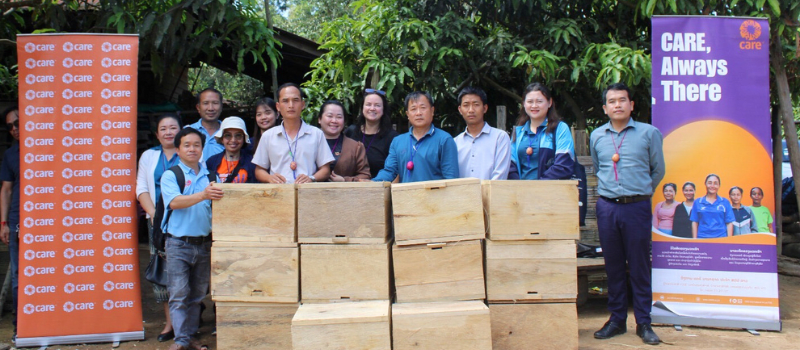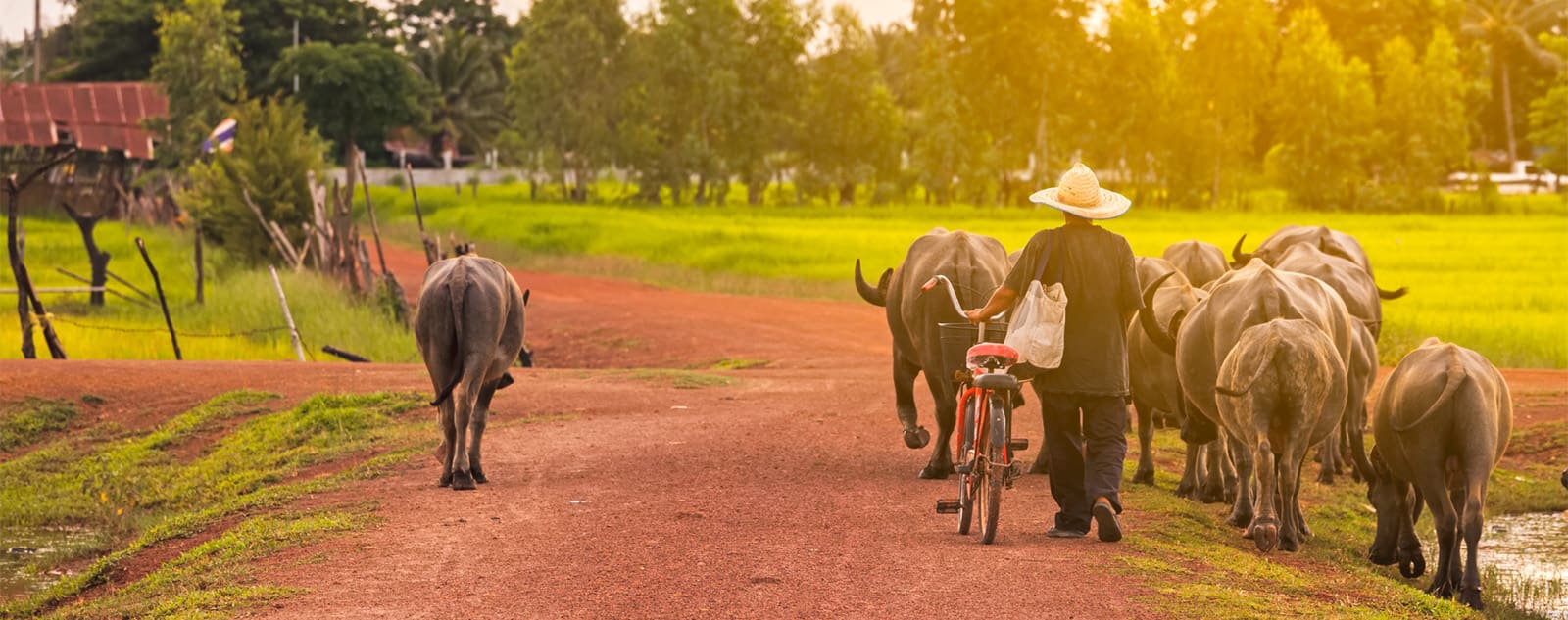This blog was contributed by Patricia Kanyiri, a VWB/VSF volunteer.
I am glad to have taken part in the International Conference for Volunteering Organizations (#IVCO2022), which was held in Senegal under the theme of "a new dawn for volunteering in development". This gave me a chance to listen to other volunteers share their experiences and gave me a different perspective on volunteering for international development.
Following the discussions and panelists, it was evident to me that volunteering has changed over the years. This has been possible through various learning and experience sharing platforms, which organizations have adopted. It has created a space for them to continue doing better to achieve their visions while also contributing to development.

The conference gave me insight to always take stock of what I'm doing in terms of what is working well, what is not working, what opportunities are there and what creative ways can be used to achieve these set outcomes. Equally, some key highlights that have stuck with me through the conference, and after, are:
1. Blended volunteerism: Through these discussions, I heard organizations share how effective their interventions became once they adopted the blended volunteer approach. This involves combining local and national volunteers, plus international volunteers. Volunteer organizations should adopt this model for sustainability and continuity of knowledge purposes, as it will ensure that local expertise is incorporated into the capacity-building sessions for beneficiaries, enabling localization of the Sustainable Development Goals (SDG) and helping in the adaptation of partners' needs. The blended volunteering approach will also help to shift perspectives, especially those where the Global North is considered superior than the Global South, hence fighting inequalities in volunteerism. These conversations shed a light on reciprocity by ensuring there is a shift in volunteering power dynamics.
“Working with Young Volunteer Program (YVP) volunteers was great. Through the YVP's knowledge and skills sharing in the field, the national volunteers were able to contextualize training for a better uptake by the farmers, and offered an intercultural learning opportunity for the YVPs. This also enhanced intercommunication skills between volunteers and farmers, which provided a great platform for empowerment.”
2. Leveraging on technology: To keep up in development and maintain the North-South partnership, we must be adaptable to change, as well as innovative. This is a great way to keep both national and international volunteers engaged in giving their views, peer-to-peer learning, experience sharing, and other technological innovations. To ensure digital inclusivity for all volunteers and partners, it would be good to consider a blend of analog and digital spaces, time zones, and the level of skillset required to engage with the chosen technology. Organizations need to build the capacity of volunteers to use technology, especially to communicate and showcase the good deeds they are doing in marginalized communities. There are also opportunities for e-volunteering where volunteer specialists could give their input on various programming aspects to ensure sustainability.
"It felt satisfying and encouraging to see my experiences and stories of change being shared to the world through the VWB/VSF website. It helped validate my work done as a volunteer."
3. Creating an enabling environment: Volunteering for development requires an environment that will enable initiatives to be impactful in the community. The conference's conversations challenged both volunteers and organizations to think beyond the local environment. This is possible by sharing the existence of volunteering standards, which are not commonly talked about. There is also a need to identify and encourage public collaborations between governments, partners, private sectors, and communities to gain the support of volunteerism in development. Through participatory decision making, volunteers will be able to localize the SDGs and relate more to the local surroundings. To ensure that volunteers are in touch with the changing times, there are opportunities for capacity building and upskilling through different avenues, which can be curated by the volunteer organizations.
4. Measurement: In order for the input of volunteers to be valued, there needs to be a knowledge base where their efforts and contributions are documented. This means there are systems in place to produce evidence, data, and the knowledge to help visualize their impact, especially when they achieve SDGs. This is an opportunity for volunteers to instill value in their skills and not see measurement as a waste of time. Also, with measurement, there is data for advocacy, especially for government agencies to support volunteers in development.
“The monitoring and evaluations systems we used helped us gauge the number of beneficiaries reached and the topics covered per group. This enabled us to track the changes and put a value in our work. There is power in volunteering, as lives are changed and volunteers can build competency. And, as always, once a volunteer, always a volunteer."
Interested in volunteering abroad with VWB/VSF? Learn about our current opportunities.




